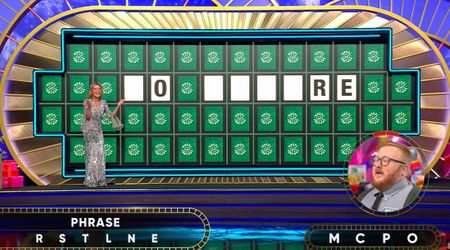Here’s How AI Chatbots ‘Hallucinate’ And Why It Is Dangerous For Users

AI chatbots have been found "hallucinating"
The word “hallucination” is commonly associated with people hearing sounds and seeing things that no one else seems to hear or see. However, since the advancement of AI chatbots, the world has taken a different stand. Turns out, AI chatbots are also capable of hallucinating and they do so by making up false information in response to a user’s prompt. Further, “hallucinate” in the AI sense, is Dictionary.com’s word of the year as it best represents the potential impact that AI may have on “the future of language and life.”
Our #WordOfTheYear “hallucinate” represents 2023 as the year that AI became widely used and its problems widely known. Here’s https://t.co/OeJELgyBOj Head of Lexicography @GrantBarrett to explain its significance for language and everyday life. pic.twitter.com/ONNmWKYxNp
— Dictionary.com (@Dictionarycom) December 12, 2023
What are AI hallucinations?
An AI hallucination occurs when a large language model (LLM) generates false information. LLMs are AI models that power the commonly known chatbots like ChatGPT and Google Bard.

An AI chatbot hallucinates when users provide a prompt that is either made up or about something that the LLMs have no understanding of. In this case, the LLMs use statistics to generate false information in language that is grammatically correct and within the context of the prompt. Thus, the information appears plausible but it necessarily isn’t true. Sometimes AI hallucinations appear to be nonsensical but it is often hard to differentiate between true information and a hallucination.
Example of AI hallucination
One infamous example of an AI hallucination mentioned in a TechTarget report involved Google's chatbot, Bard. When the chatbot was prompted “What discoveries from the James Webb Space Telescope can I tell my 9-year-old about?" Bard responded with an untrue claim that the James Webb Space Telescope was the first to take pictures of an exoplanet outside this solar system. However, in reality, the first images of an exoplanet were taken in 2004 according to NASA, and it was not the James Webb Space Telescope as it was launched in 2021.
"what new discoveries from the James Webb space telescope can I tell my 9 year old about?"
— Karthik 🇮🇳 (@beastoftraal) February 9, 2023
Google's Bard AI promo gets one detail wrong: James Webb Space Telescope *did not* take the first pictures of a planet outside our own solar system. 1/6 pic.twitter.com/tlaym9lq6x
Despite that, Bard's answer sounded plausible and was consistent with the prompt. This poses a risk to users as someone who is not looking at the information with a skeptical eye may believe that the chatbot’s reply is true.
Why are AI hallucinations dangerous?

There is no clear way to determine the exact causes of AI hallucinations on a case-by-case basis. Further, an immediate risk that AI hallucinations pose is that they significantly hurt user trust. With the development of advanced chatbots, users begin to experience AI as more real and develop more inherent trust. However, false information given out in hallucinations can corrode that trust leaving users with the feeling of betrayal.
Another problem with AI hallucinations is the lack of awareness of the problem. Users can be fooled with false information and this can even be used to spread misinformation, fabricate citations and references, and even be weaponized in cyberattacks. Another challenge is mitigating the AI hallucinations as it can be difficult or in many cases impossible to determine why the LLM generated the specific hallucination. Further, there are limited ways to fix these hallucinations as going into the model to change the training data can use a lot of energy.
What’s next?
Both OpenAI and Google have warned users about the mistakes that their AI chatbots can make. The firms have advised users to double-check their responses.

Tech organizations are also working on ways to reduce hallucination, as per a CNBC report. Google handles hallucinations through user feedback. When Bard generates an inaccurate response, users are encouraged to click the thumbs-down button and describe why the answer was wrong to help the chatbot improve. Further, OpenAI has implemented a strategy called “process supervision” in which the AI model rewards itself for using proper reasoning to arrive at an output instead of just rewarding the system for generating a correct response to a prompt.























